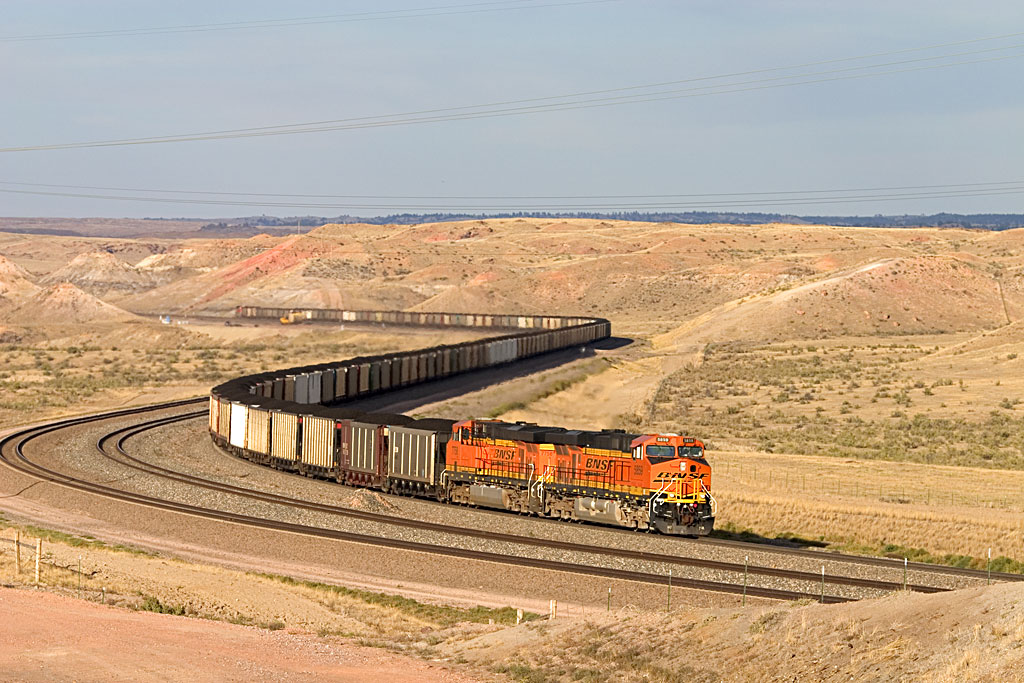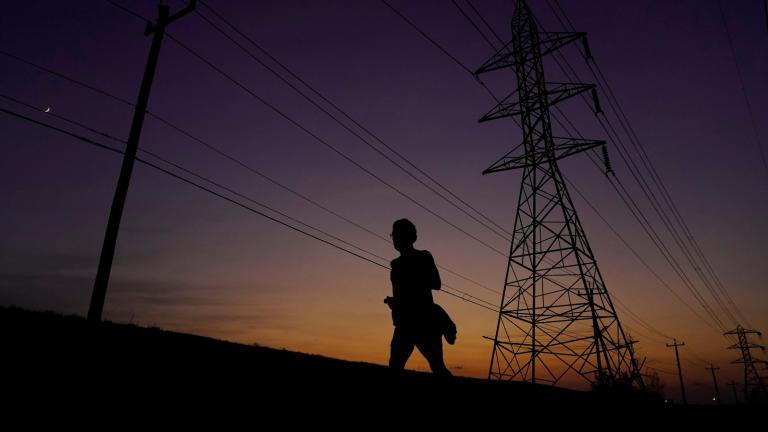
Aaron HockleyCoal is going off the tracks.
From a failed coal auction in Wyoming to slowing demand in China, times are tough for the world’s dirtiest fossil fuel. And that’s before we even get to EPA’s new proposed power-plant rules.
The U.S. Bureau of Land Management held an auction Thursday for the right to mine 167 million tons of coal from the 1,254-acre Hay Creek II coal tract in Campbell County, Wyo. The highest bid of $35 million, by Kiewit Mining Properties, was so low that the bureau rejected it. From Bloomberg:
The company’s offer was less than one-fifth what mining companies paid for similar deposits last year, and the lowest amount per ton since 1998. It didn’t meet the government’s estimate of fair value, the bureau said in a statement.
“The bottom has just dropped out of the market,” Mark Northam, director of the University of Wyoming School of Energy Resources, said by telephone. “This represents a high degree of uncertainty about whether coal will stay robust in the future.”
The remarkably low bid followed a similar auction last month, held by the same BLM office in Wyoming, in which not a single company bid on the right to mine a 316-million-ton coal reserve.
Meanwhile, controversial plans to build new coal export terminals on America’s West Coast are flailing. From a New York Times report last week:
United States coal exports this year are expected to decline by roughly 5 percent from last year’s record exports of 125 million tons, and many experts predict the decline will quicken next year.
At the beginning of 2012, the coal industry had plans to expand port capacity by an additional 185 million tons. But those hopes have faded this year.
“Global coal prices right now are not supportive of large-scale U.S. coal exports,” said Anthony Yuen, a Citigroup energy analyst.
The AP has more on coal’s troubles around the world:
Economic forces, pollution concerns and competition from cleaner fuels are slowly nudging nations around the globe away from the fuel that made the industrial revolution possible.
The U.S. will burn 943 million tons of coal this year, only about as much as it did in 1993. Now it’s on the verge of adopting pollution rules that may all but prohibit the construction of new coal plants. And China, which burns 4 billion tons of coal a year — as much as the rest of the world combined — is taking steps to slow the staggering growth of its coal consumption and may even be approaching a peak.
Michael Parker, a commodities analyst at Bernstein Research, calls the shift in China “the beginning of the end of coal.” While global coal use is almost certain to grow over the next few years — and remain an important fuel for decades after that — coal may soon begin a long slow decline.
With coal on the downslide, who do we need to talk to about getting our mountains back?



